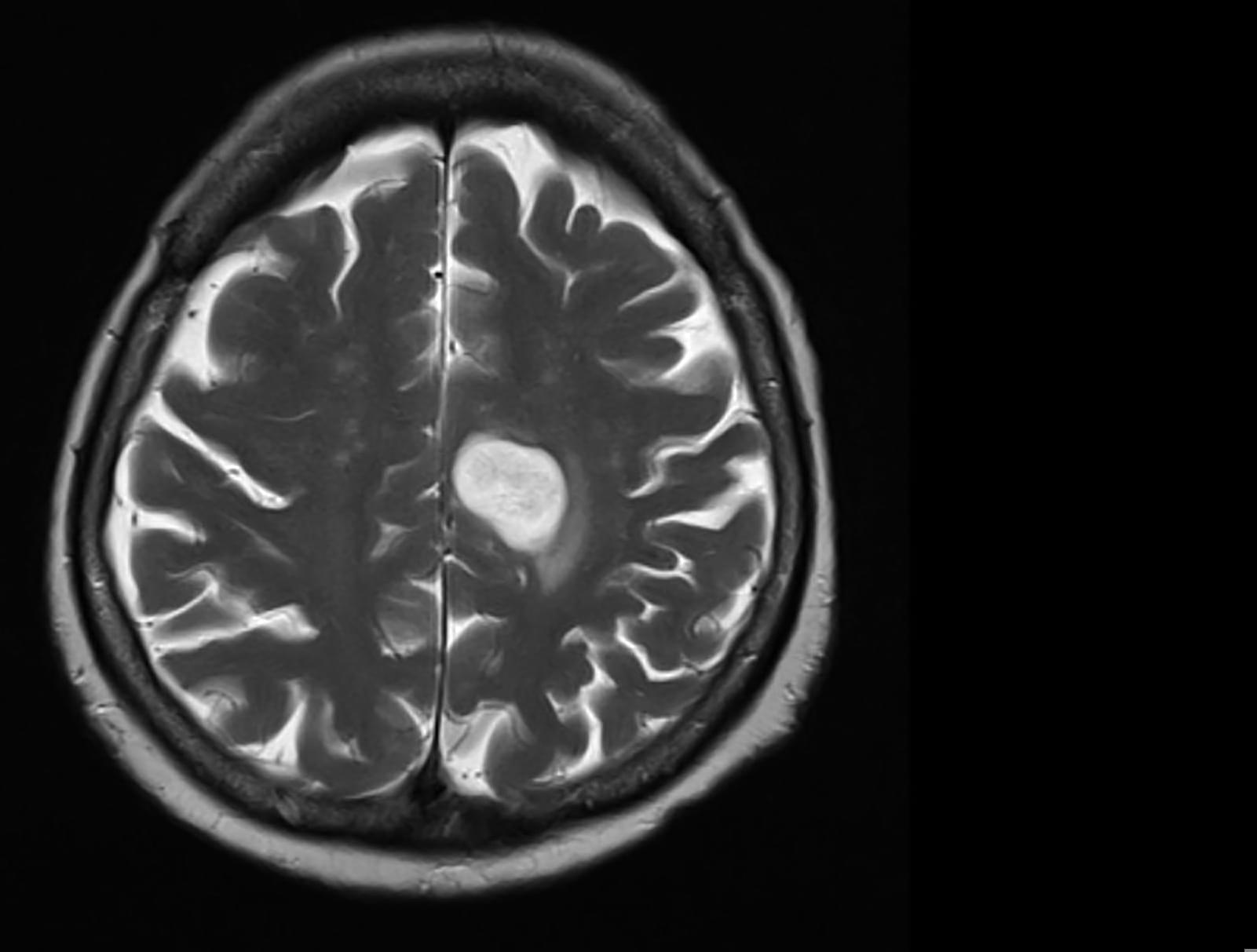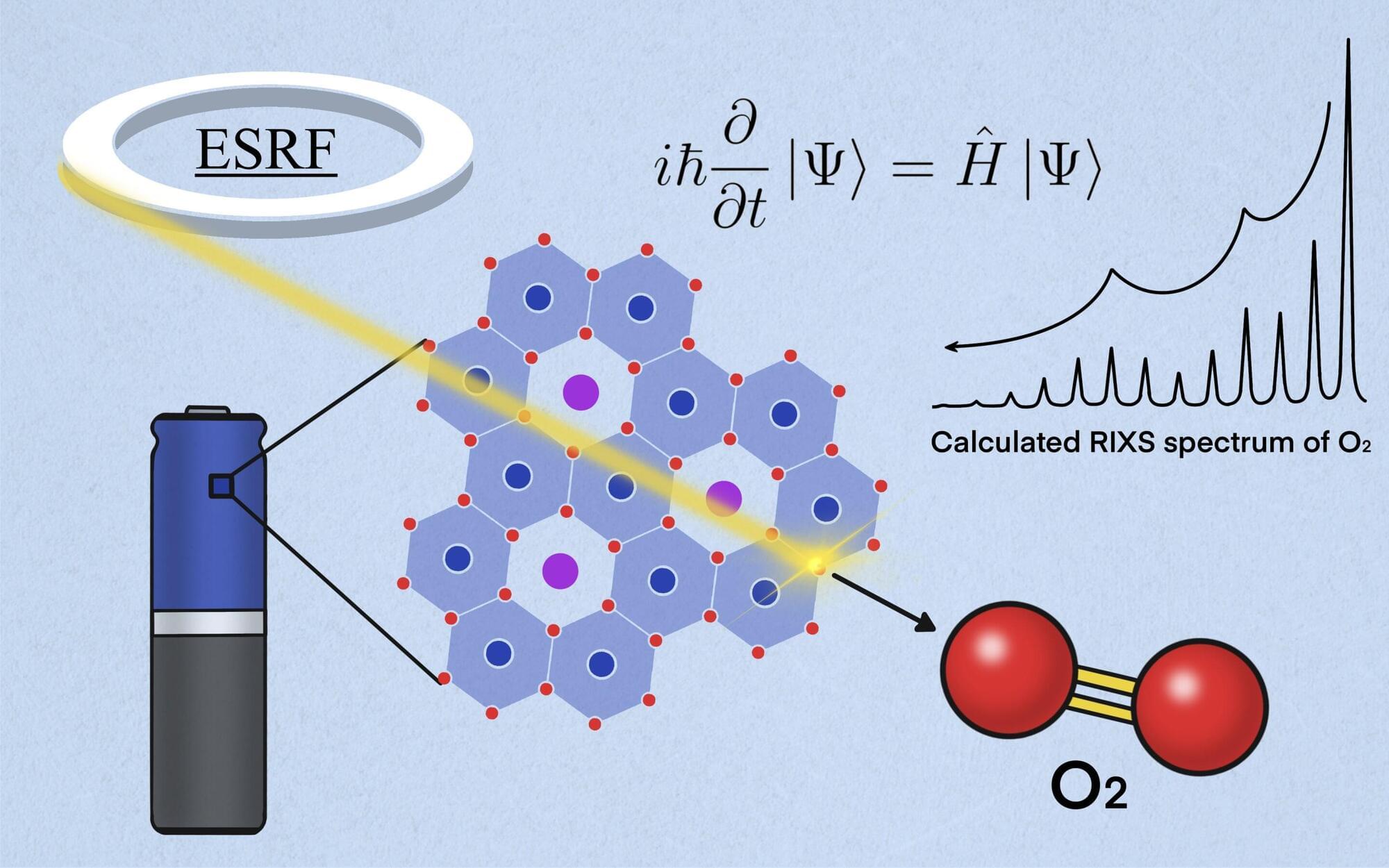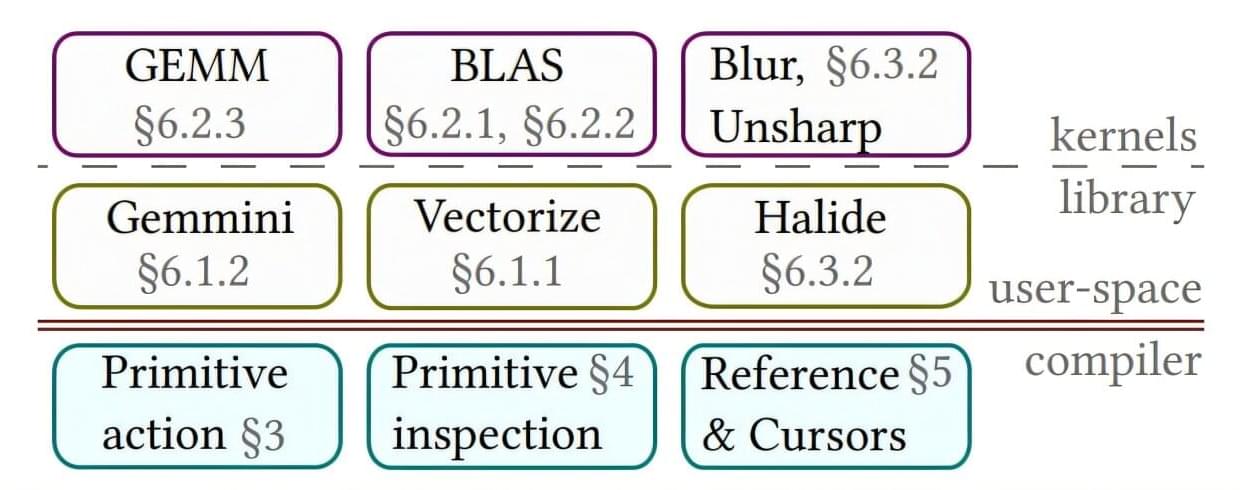Firefighters show higher rates of glioma-linked SBS42 mutational signatures associated with haloalkane exposure, suggesting occupational risk. The study highlights a clear link between firefighting, chemical exposure, and brain cancer mutations.


DNA holds the key to understanding life itself… From genetics and the human genome to gene editing, it shapes our health, evolution, and future… Discover how CRISPR, forensic science, and genetic engineering are transforming medicine… Explore the mysteries of ancient DNA, the role of the microbiome, and the promise of gene therapy… Personalized medicine is revolutionizing healthcare, allowing treatments tailored to our genetic code… Learn how hereditary diseases are being decoded and cured through biotechnology and DNA sequencing… The future of medicine depends on genetic research, but genetic ethics raise profound questions… The genome project has paved the way for DNA fingerprinting, cloning, and synthetic biology… With genetic modification, we are reshaping evolution itself… Will genetic testing lead to designer babies or eliminate genetic disorders? As gene therapy advancements push the limits of precision medicine, are we ready for these medical breakthroughs and DNA discoveries?
Sources.
Watson, J. D., & Crick, F. H. C. (1953). Nature, 171(4356), 737–738.
Collins, F. S., & McKusick, V. A. (2001). Science, 291(5507), 1215–1220.
Jinek, M., Chylinski, K., Fonfara, I., Hauer, M., Doudna, J. A., & Charpentier, E. (2012). Science, 337(6096), 816–821.
Pääbo, S. (2014). Annual Review of Genetics, 38, 645–679.
Lander, E. S., Linton, L. M., Birren, B., et al. (2001). Nature, 409(6822), 860–921.
#DNABreakthroughs #GeneticsRevolution #HumanGenome #GeneTherapy #FutureOfMedicine.
YOU MAY LIKE
Longevity snapshot 7 — cellular rejuvenation protects neurons.
Reviewing a Canadian study which uses cellular rejuvenation to protect retinal neurons in a mouse model of multiple sclerosis, preserving the vision of the mice.
Study reviewed:
In this manuscript, Drake et al. describe an aging-like transcriptional signature in retinal ganglion cells during experimental autoimmune encephalomyelitis (EAE) like that of cortical neurons in patients with multiple sclerosis. Partial reprogramming with AAV2-Oct4-Sox2-Kl4 to rejuvenate the transcriptome results in improved RGC survival and visual acuity during EAE.

Biotech incubator Flagship Pioneering has uncorked its latest company. Lila Sciences is looking to use $200 million in seed funding to develop new advanced artificial intelligence that can power fully autonomous research labs, according to a March 10 press release.
In addition to Flagship, the financing comes from General Catalyst, March Capital, the ARK Venture Fund, Altitude Life Science Ventures, Blue Horizon Advisors, the State of Michigan Retirement System, Modi Ventures and a wholly owned subsidiary of the Abu Dhabi Investment Authority, according to the release.

Scientists have made a potentially “life-changing” discovery that could pave the way for new drugs to treat Parkinson’s disease.
Experts have known for several decades that the PINK1 protein is directly linked to Parkinson’s disease – the fastest growing neurodegenerative condition in the world.
Until now, no one has seen what human PINK1 looks like, how PINK1 attaches to the surface of damaged mitochondria inside of cells, or how it is activated.

Steelmaking, for example, is considered a hard-to-abate sector due to the extremely high temperatures necessary that can only be reached by burning fuel. However, analyses suggest that the industry could reach net zero by 2050 with a combination of carbon capture, low-carbon fuels and more efficient steel use. In the short-to medium-term, low-carbon fuels present our best opportunity to press ahead with decarbonizing such hard-to-abate industries.
Complementary fuels
Switching to lower-carbon fuels is among the most economically, politically, and technologically feasible approaches to slowing carbon emissions. It offers a lower-carbon future for newly built infrastructure in East and Southeast Asia, which could otherwise become stranded assets with serious socio-economic consequences.

A team of researchers has made an advancement in the field of multifunctional energy harvesting. Their latest study advances in understanding the photovoltaic effect in ferroelectric crystals.
The article, “Study on Influence of AC Poling on Bulk Photovoltaic Effect in Pb(Mg1/3 Nb2/3)O3-PbTiO3 Single Crystals,” published in Advanced Electronic Materials, reports the team’s recent research results regarding improving the electric output of the bulk photovoltaic effect (BPVE) via manipulation of ferroelectric domains in oxide perovskite crystals.
In ordinary solar cells, the mechanism of harvesting the solar energy and then converting them into green electricity is based on the formation of p-n junctions of semiconductors. While the p-n junction has been invented for more than a century, widely used in the silicon industry nowadays, the BPVE is a more recently discovered physical phenomenon from the 1960s–1970s.

A hospital that wants to use a cloud computing service to perform artificial intelligence data analysis on sensitive patient records needs a guarantee those data will remain private during computation. Homomorphic encryption is a special type of security scheme that can provide this assurance.
The technique encrypts data in a way that anyone can perform computations without decrypting the data, preventing others from learning anything about underlying patient records. However, there are only a few ways to achieve homomorphic encryption, and they are so computationally intensive that it is often infeasible to deploy them in the real world.
MIT researchers have developed a new theoretical approach to building homomorphic encryption schemes that is simple and relies on computationally lightweight cryptographic tools. Their technique combines two tools so they become more powerful than either would be on its own. The researchers leverage this to construct a “somewhat homomorphic” encryption scheme—that is, it enables users to perform a limited number of operations on encrypted data without decrypting it, as opposed to fully homomorphic encryption that can allow more complex computations.

In a megascience-scale collaboration with French researchers from College de France and the University of Montpellier, Skoltech scientists have shown a much-publicized problem with next-generation lithium-ion batteries to have been induced by the very experiments that sought to investigate it. Published in Nature Materials, the team’s findings suggest that the issue of lithium-rich cathode material deterioration should be approached from a different angle, giving hope for more efficient lithium-ion batteries that would store some 30% more energy.
Efficient energy storage is critical for the transition to a low-carbon economy, whether in grid-scale applications, electric vehicles, or portable devices. Lithium-ion batteries remain the best-developed electrochemical storage technology and promise further improvements. In particular, next-generation batteries with so-called lithium-rich cathodes could store about one-third more energy than their state-of-the-art counterparts with cathodes made of lithium nickel manganese cobalt oxide, or NMC.
A key challenge hindering the commercialization of lithium-rich batteries is voltage fade and capacity drop. As the battery is repeatedly charged and discharged in the course of normal use, its cathode material undergoes degradation of unclear nature, causing gradual voltage and capacity loss. The problem is known to be associated with the reduction and oxidation of the oxygen atoms in NMC, but the precise nature of this redox process is not understood. This theoretical gap undermines the attempts to overcome voltage fade and bring next-generation batteries to the market.

Many companies invest heavily in hiring talent to create the high-performance library code that underpins modern artificial intelligence systems. NVIDIA, for instance, developed some of the most advanced high-performance computing (HPC) libraries, creating a competitive moat that has proven difficult for others to breach.
But what if a couple of students, within a few months, could compete with state-of-the-art HPC libraries with a few hundred lines of code, instead of tens or hundreds of thousands?
That’s what researchers at MIT’s Computer Science and Artificial Intelligence Laboratory (CSAIL) have shown with a new programming language called Exo 2.